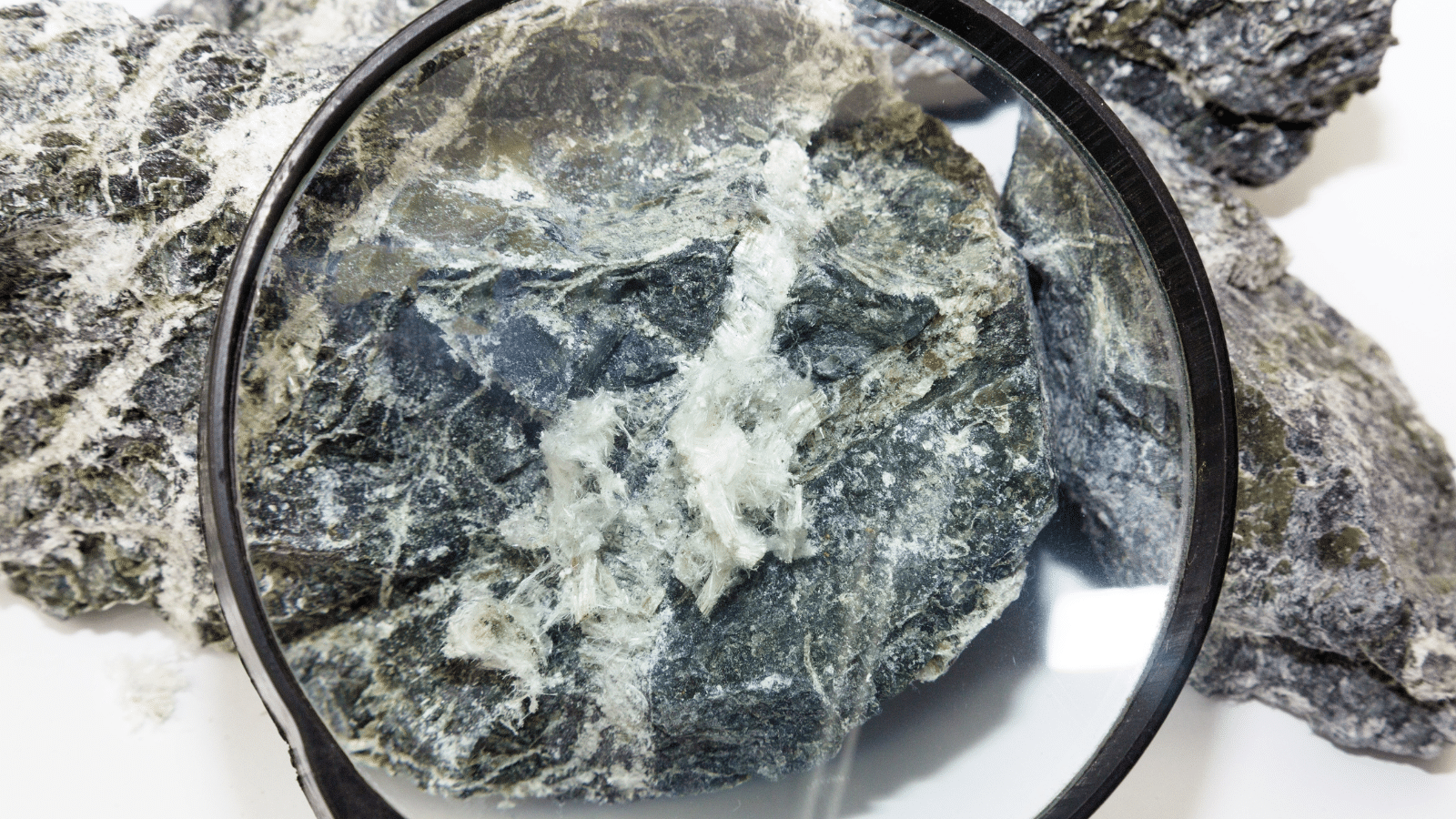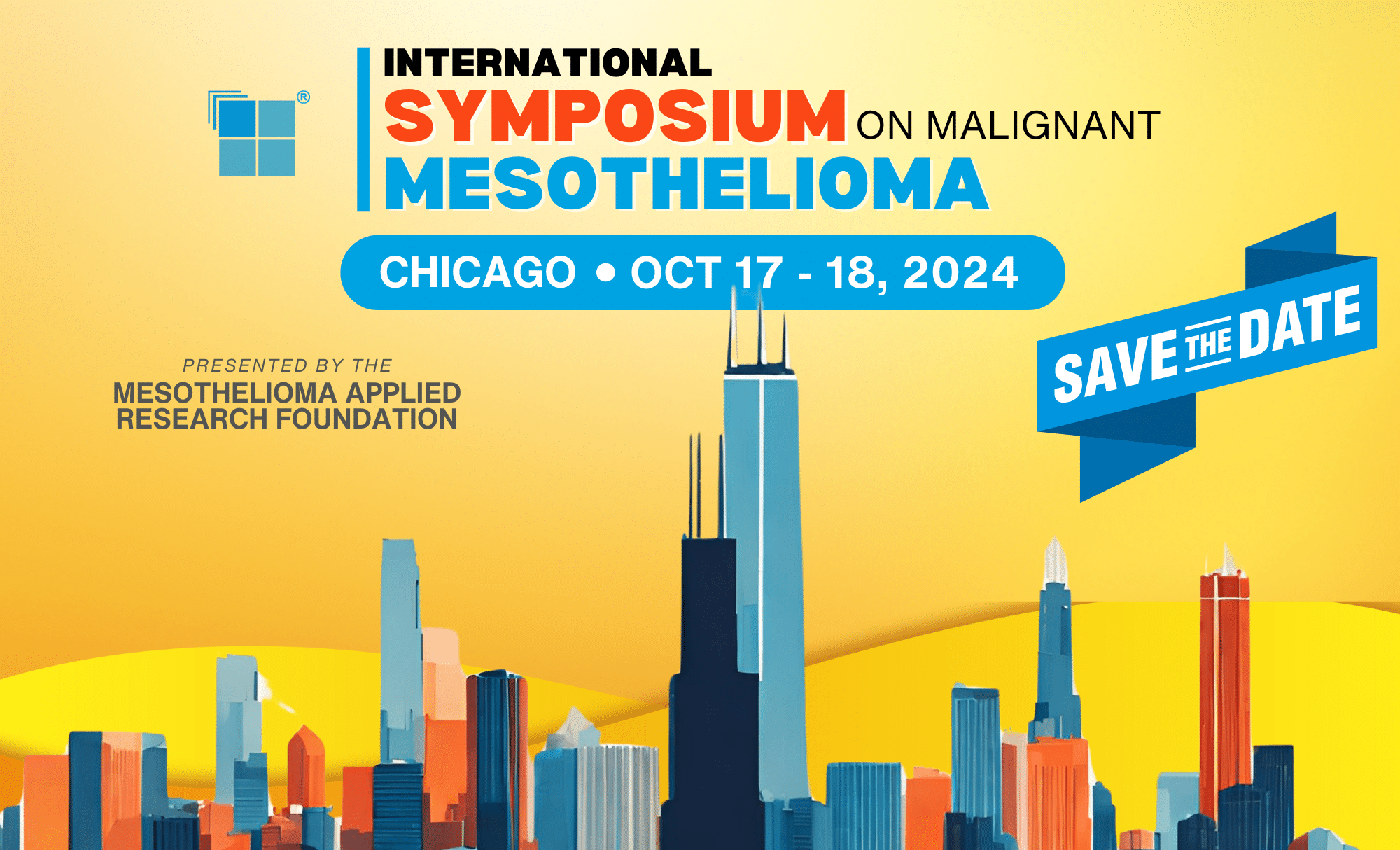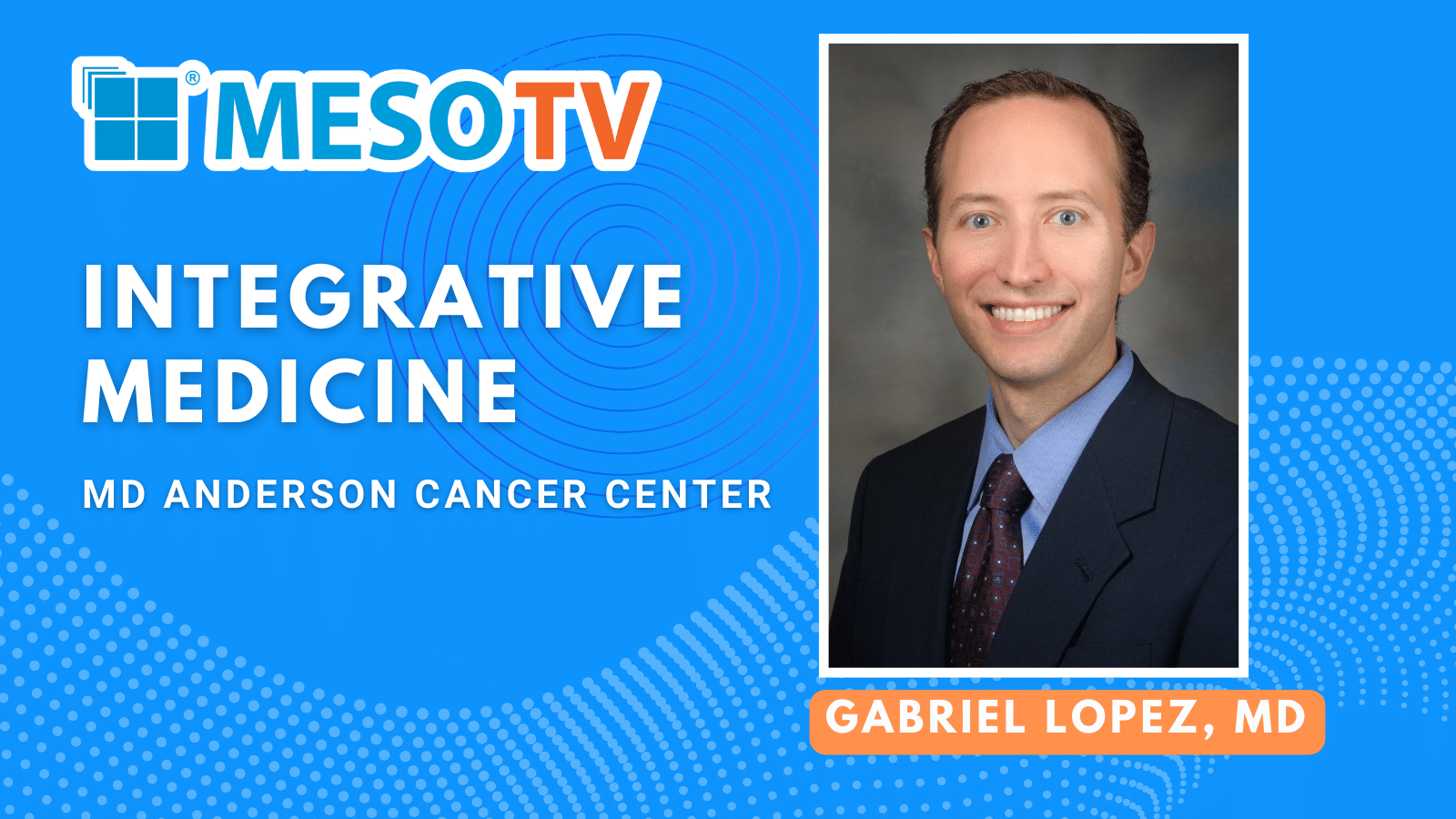Getting stepped down to the floor was a very nice change from the ICU. For one thing, I was feeling better. That was the whole reason I was able to be stepped down in the first place. So, at least some things were headed in the right direction. My kidneys had still taken the beating of a lifetime, but we were on dialysis for that, and it was going okay. You can be on dialysis for a while and do just fine. I was able to get up out of bed from a seating position. I still couldn’t sit up from laying down flat, but with a hospital bed, I could at least sit the head of the bed up, get out of it on my own, and move over to the chair.
They pulled the right sided JP drain. It’s a very strange experience watching a tube come out of your body. And it just keeps going, too. Like a clown pulling out a bunch of tied together handkerchiefs. It feels pretty weird, but it’s hard to describe. It’s just another one of those things, like many things that have happened to me, which I hope you, dear reader, will never have to experience. We kept the left sided one in for the time being. My surgeon told me that it wasn’t uncommon to see delayed pancreas leaks, and so they wanted to keep the drain in that area for a while longer. One of the jobs of the pancreas is to make the digestive enzymes that help your body break food down into its constituent components so you can absorb the nutrients (meat into proteins and amino acids, for example). If you get a pancreas leak, some of those enzymes can get into places they shouldn’t be and damage the adjacent tissues. And, the right sided drain had stopped putting out fluid. The left side really hadn’t. So we kept it in position.
As I improved, basically daily, I became more and more involved, again, in the treatment plan and decision making process. At least to the extent that they’d allow. Everything was familiar, but not. I knew exactly what it was like in the hospital in the mornings. I spent 2 years of medical school and my entire internship doing exactly that kind of work. You go see your patients early in the morning, see how they did overnight, and check on their new lab results and tests. You reassess everything, and adjust the treatment plan as needed. Then, later on, your whole team gets together and rounds on every patient on the service with the attending physician. The term “service” just means whatever specialty you’re in – there’s a medical oncology service, general surgery service, cardiology service, etc.
Let’s take a break just for a second here to explain a bit more of how the physician hierarchy works. Many patients see a ton of people in long white coats, but have no idea how it works or who their doctors actually are. Let’s break it down a bit. The attending is the big boss. He or she is done with training and is the final decision maker. The buck stops with the attending. Then you have the fellows. They’re done with their residency, and may even be board certified in their field. But, they’re seeking out further sub-specialization. Surgical oncology is a fellowship after general surgery, for example. The residents are the next people down on the totem pole – they’ve graduated from medical school, they’re doctors, but they don’t yet have a specialty board certification. You have to complete a residency to be board certified in anything. After that, you’ve got midlevel providers: nurse practitioners and physician’s assistants. NPs and PAs. Mid-levels are supposed to help doctors operate more efficiently, essentially. They help with various tasks around the hospital – notes, orders, minor procedures, etc. Residents and fellows eventually graduate and become attendings. Mid-levels are like eternal residents. They can still see patients and write orders, but all of their work has to be overseen by the attending.
And finally, almost as an afterthought these days, you have the 3rd year medical student. The medical student knows basically nothing, despite having spent at least 18 years in formal education to get to that point. I’m not trying to bash medical students. I used to be one, too. I used to know nothing about medicine. Now, I just know a little bit more than nothing. And that’s how you always feel in medicine, too. It’s only after you’ve been around it for a while that you start to fully appreciate the breadth and depth of knowledge which is broadly described as “medicine.” What you learn in medical school really just scratches the surface. In every single field, there’s an entire body of knowledge and literature to learn during residency. That’s why I occasionally tell people I’m in 25th grade – the learning never stops, not even after residency. And when you start talking about some of the more specialized fields, you learn almost nothing about them during medical school. Radiology is one of those fields, and starting my radiology residency was like starting medical school all over again. There’s no way to know everything about medicine. It’s hard enough to know everything in your own field, and even then, sometimes you still can’t know it all. Some types of doctors are actually sub-sub-specialists. The old joke is that a generalist knows less and less about more and more until they know nothing about everything, while the specialist knows more and more about less and less until they know everything about nothing. In any case, the one thing medicine constantly reminds you of, is how much you don’t know.
Now that I was on the floor and relatively stable, things became somewhat more routine. The resident or nurse practitioner would come see me in the morning, and then later on, the entire team would come by. They all pile into your room and stand over the bed. I know there aren’t a lot of places to sit down, and I did the exact same thing to patients when I was an intern. But now I know how weird it feels from the patient’s perspective. You’re sitting around in a hospital bed, probably without a recent shower or even brushed teeth, most likely just woken from a sound sleep, in what are basically pajamas – shitty ones at that – while an entire team of doctors wearing their long white coats lords over you from above.
The presence and length of the white coat, by the way, used to tell you who was who. Doctors used to wear long white coats, and medical students wore short white coats. And no one else was even allowed to wear a white coat. That’s no longer an accurate truism. Medical students are still forced to wear short white coats, that part isn’t any different. It’s supposed to represent the fact that they’re in the learning process. But if that were really the case, we’d all be in short white coats. Some places actually do that, I hear. I have mixed feelings (the long ones look so much cooler). But, the long white coat means basically nothing anymore. I always viewed it as a symbol of medicine. The symbol of a doctor. A physician. I wouldn’t even put on a long white coat until I had my degree, not even to see what it was like, because I felt I had not yet earned the privilege of wearing that icon of medicine.
But now, a long white coat means exactly nothing. I see nurse practitioners wearing them. I see nurses wearing them. I see social workers wearing long white coats. You can no longer assume that someone who comes into your room with a long white coat on is actually a physician. In fact, you’re probably safer assuming that they aren’t a physician. To me, this is mere irritation. I see people wearing long white coats who, in my opinion, haven’t earned that privilege. But I know who they are, I understand their role, and it is in no way confusing to me. It is merely annoying. But to a patient, without that understanding of who’s who in a busy hospital, it can be very confusing. I think it’s slightly inappropriate for anyone except physicians to wear long white coats. But I suppose I’m a rather biased observer in that assessment.
Continue reading in the next installment by Christopher Graham here: Chapter 4 | Part 2: From “Doctor” to “Mister,” From Person to Patient
If you missed chapter one of Christopher Graham’s story, click here to read it now. Then read chapter 2 and chapter 3.




